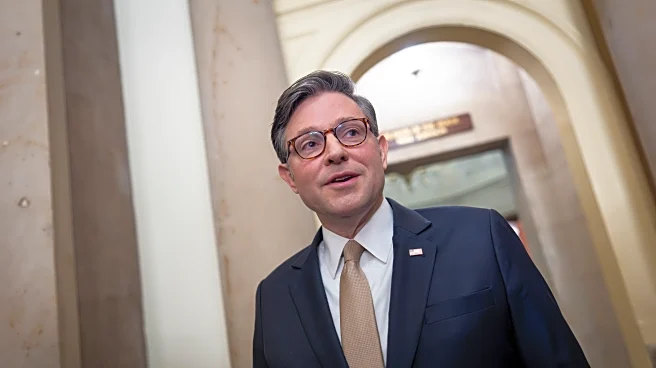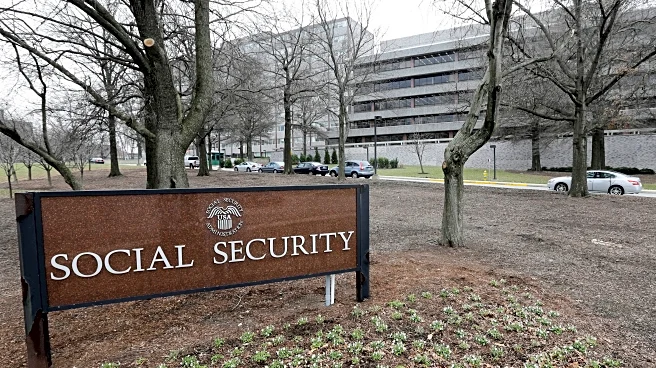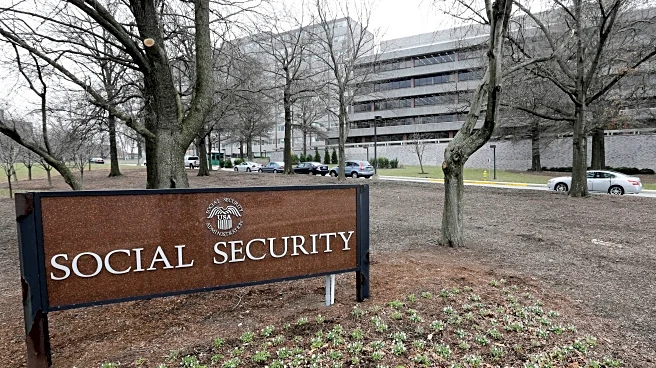What's Happening?
A federal judge has temporarily blocked the Trump administration's plan to lay off thousands of federal workers during the ongoing government shutdown. Senior U.S. District Judge Susan Illston sided with unions, which argued that the dismissals were illegal
and politically motivated. The administration had issued reduction-in-force notices to over 4,100 workers across eight agencies, including Commerce, Education, and Homeland Security. The unions claim that the layoffs violate the Antideficiency Act, which prohibits the government from spending money not appropriated by Congress. The judge has ordered the administration to provide details about their planned layoffs within two days.
Why It's Important?
The judge's decision to halt the layoffs is significant as it addresses concerns about the legality and fairness of the administration's actions during the shutdown. The layoffs could have a profound impact on federal workers and the services they provide, affecting vulnerable populations such as disabled schoolchildren and low-income families. The ruling also highlights the ongoing political struggle between the Trump administration and Democrats over government funding, with potential implications for public policy and the functioning of federal agencies.
What's Next?
The administration is expected to continue pushing for layoffs, with White House budget director Russell Vought indicating plans to downsize the federal workforce further. The unions are likely to continue their legal battle against the administration's actions. The situation remains fluid, with potential for further court rulings and political negotiations as the shutdown persists. The administration has urged Democrats to pass a stopgap spending bill to prevent further layoffs.
Beyond the Headlines
The legal dispute over the layoffs raises broader questions about the use of government shutdowns as a political tool and the ethical implications of using such situations to implement policy changes. The case may set a precedent for how future administrations handle workforce reductions during funding lapses, potentially influencing labor relations and government operations.















